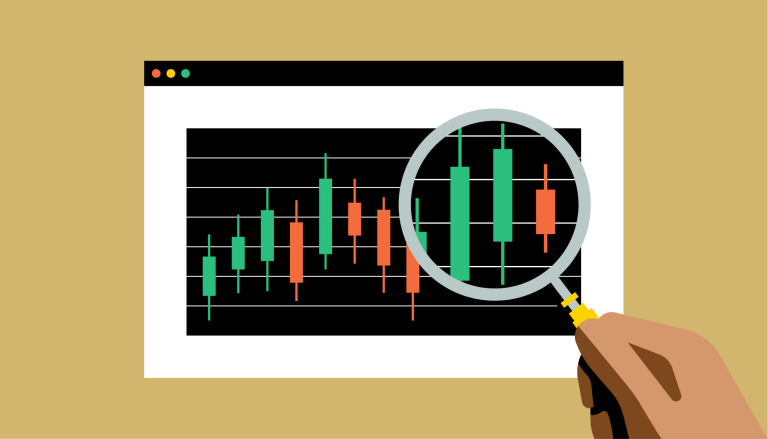How to backtest a crypto trading strategy?

Backtesting is a key step in developing a crypto trading strategy, offering insights into how a strategy might perform in the future.
There are three main methods to backtest a crypto trading strategy: manual backtesting, backtesting with code, and using automated backtesting tools.
A suitable backtesting tool should provide accurate historical price data, a variety of indicators, and detailed analytics to assist in optimizing your strategy.
Understanding Backtesting
Backtesting is a simulation used by traders to evaluate the potential performance of a trading strategy. It utilizes historical market data to calculate how well a trading strategy might have performed in the past.
This process is particularly relevant in the realm of cryptocurrency trading, where market conditions can shift rapidly and unpredictably.
Through backtesting, traders may gain insights into how their strategies might perform under different market conditions, aiding them in making more informed decisions.
The Importance of Backtesting in Crypto Trading
Many traders hold the view that cryptocurrencies differ from traditional assets like stocks because their value cannot be determined by factors like balance sheets and industry trends.
Instead, crypto traders often analyze technical patterns like price and volume changes to identify opportunities. Backtesting may provide these traders an idea of how their trading strategies might perform in the future and whether they are worth pursuing.
One potential benefit of backtesting is that it may assist in identifying a trading edge, a rules-based strategy that removes emotion from the equation. Traders who have a plan with tested signals are less likely to change their goals or abandon their strategy.
How to Backtest a Crypto Trading Strategy
There are three main methods to backtest a crypto trading strategy.
The first is manual backtesting, which involves looking at charts and prices or data in Excel to see how a strategy might have performed in the past. This method can be time-consuming but is accessible to traders who don't know how to program.
The second method is backtesting with code. Some traders opt to write their own backtesting algorithms, often using a programming language called Python.
The third method is using backtesting tools that automate the process. These tools can be particularly useful for traders who are not comfortable with programming.
Choosing a Crypto Backtesting Tool
When selecting a backtesting tool, traders should consider a few key features. The tool should provide accurate historical price data for the cryptocurrencies you aim to trade.
Without accurate price data, your backtesting results may not be meaningful. The tool should also offer a variety of indicators, allowing you to test your strategy across different market conditions. In addition, the tool should provide detailed analytics to assist you in optimizing your strategy.
Platforms may offer a wide range of metrics, allowing you to delve into the details of your strategy and see where improvements can be made.
Implementing Your Backtested Strategy
Once a strategy has been backtested and the results analyzed, it may be considered for implementation. It's important to note that backtesting does not guarantee future performance, but it can provide valuable insights into how a strategy might perform under different market conditions.
Implementing a backtested strategy may provide a basis for decision-making, with the understanding that decisions are informed by historical data.


